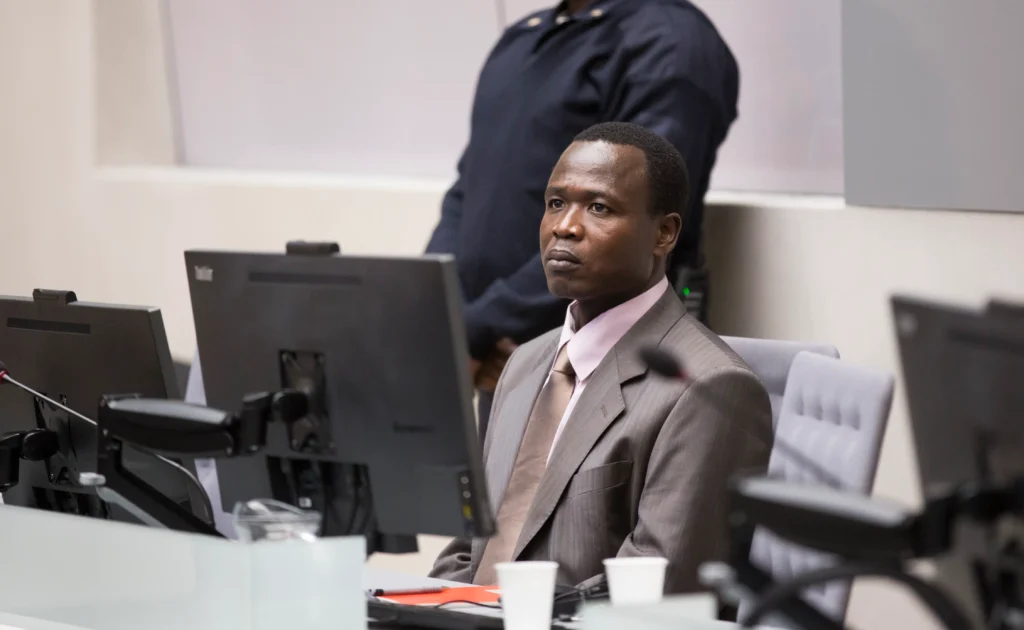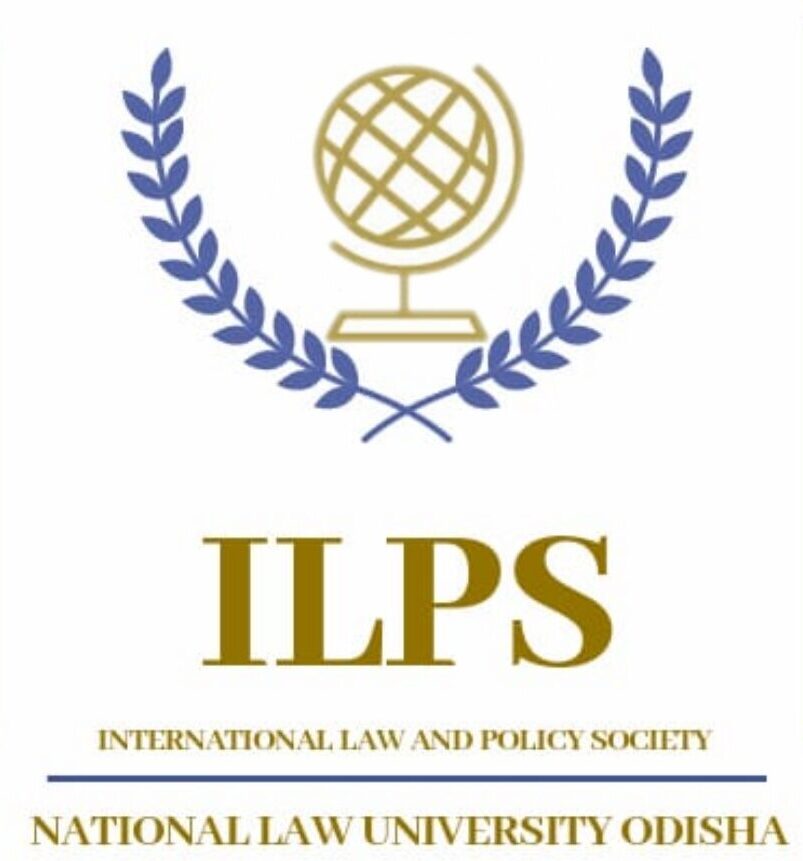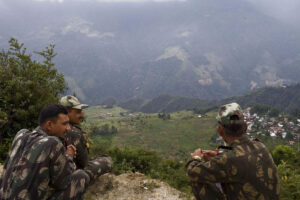
Introduction
Though appeal has been preferred by Dominic in this controversial case (according to the intent to appeal notification made by the Defence on May 21, 2021), the case which began as a moral challenge in 2015 went down a tumultuous path raising various novel jurisprudential questions. In this article, we deconstruct the numerous submissions and pleadings in the case to critically analyze it from a varied perspective and then argue on the Rotten Social Background defense which the trial court should have considered with due diligence.
On May 6, 2021, the International Criminal Court sentenced Dominic Ongwen to 25 years imprisonment. Trial Chamber IX of the court had convicted him for committing 61 inhumane war crimes and crimes against humanity in Northern Uganda between the years 2002 and 2005 in February 2021. Dominic also known as “White Ant” is a former child soldier turned Brigadier General for the Lord Resistance Army which is an Uganda-based armed insurgent group formed in 1987 by Joseph Kony. What makes this judgment so crucial, controversial, and landmark is the background of the perpetrator Dominic Ongwen. Dominic was abducted by the LRA when he was just nine years old. He was on his way to school. This abduction changed the course of his life and Dominic went on to become one of the most dreaded persons in Uganda responsible for devising gruesome, inhuman, devious, and unfathomable crimes against the civilian population.
Facts of the Case and the LRA
Though various socio-political occurrences predate the formation and the rise of LRA in Uganda the present article focuses on important occurrences in the context of this case. The LRA commanded by Joseph Kony initially purported to debilitate government oppression by overthrowing it but later on assumed a cult-like personality. Joseph proclaimed himself to be something similar to a prophet and charged on a ruthless endeavor to establish a new multi-party democracy based on the Bible’s Ten Commandments in Uganda. Joseph and associates were thrown out of the country in 2005 and it was then when they expanded their operations in the Central African Republic, South Sudan, and the Democratic Republic of Congo too. After this, their maddening cause led to a series of barbaric attacks by the LRA and counter-operations by
the government forces resulting in massive chaos and disorder. Their aim has been to instill distrust among the common citizenry against the government. According to the trial factsheet, the LRA followed a hierarchical structure with Joseph commanding 4 Brigadiers who ordered several battalions. These men under the command raged mayhem which led to abductions, killing, rapes, looting, pillage, etc.
Since the start of ICC’s investigation in Uganda, 5 arrest warrants have been issued against the top members. Of these, Dominic surrendered to the U.S. forces in the Central African Republic while they were searching for Joseph Kony in 2015. Top members such as Kony and Otti remain at large.
Summary of Submissions
The Prosecution alleged Dominic of committing 70 offenses which were subdivided into three categories. Firstly, the crimes relating to attacks against 4 IDP camps- Ajule Camp, Odek Camp, Lukodi Camp, and Abok Camp. Secondly, Sexual and Gender-based crimes and lastly crimes committed against children.
The Defence to escape the criminal responsibility had taken the defense of Mental disease or defect and Duress. The later defense was substantiated on the medical reports which stated that Dominic suffered from “severe depressive illness, PTSD and dissociative disorder as well as severe suicidal ideation ”. The culpability is extenuated in such circumstances as per Article 31(1)(a) of the Rome Statute. However, the Prosecution successfully contended that the reports were flawed as their genesis lacked scientifically validated methods. As to the defense of Duress, it was further posited by the Defence that Dominic was under a “continuing threat of imminent death and serious bodily harm from Kony and his controlling, military apparatus” and hence the degree of culpability would be extensively mitigated per Article 31(d) of the statute. But this defense was also not sustained.
A total of 4107 victims were represented by two teams of lawyers. Their submission encapsulated giving the harshest of punishment to Dominic by referring to the gravity and the seriousness of the crimes committed following Article 78(1) of the Rome Statute. Moreover, factors such as “(i) the extreme cruelty and brutality in the commission of the crimes; (ii) the particular defencelessness of the victims; (iii) the high number of victims; and (iv) the abuse of power by and/or the official capacity of Mr. Ongwen.”, were emphasized for proving aggravating circumstances. Interestingly, CLRV in the present case didn’t seek to impose the additional liability of fine as stipulated under Article 77 of the statute due to the financial incapacity of the accused and alsoand the also the fact that the crimes were not motivated by personal financial gain.
Judgment and Analysis
While the defense had requested the court to award not more than 10 years of imprisonment, the prosecution, and the victims, on the other hand, had demanded the sentence of 20 years and a life sentence respectively. However, the chamber in its final judgment granted 25 years of imprisonment owing to the unsustainability of mitigating circumstances and the presence of aggravating circumstances.
The authors argue and critique the present judgement on account of dismissal of defenses on questionable grounds combined with the non-consideration of diverse aspects regarding this case by the court. Though various submissions made by the defense revealed that there was an existing threat to the life of the perpetrator (by commander Kony) the court still judged him guilty by imposing individual criminal responsibility even when the statute mandates that the guilt be proved beyond a reasonable doubt. The court herein should have construed and interpreted these defenses not in isolation but after giving due diligence to the existing circumstantial and contextual elements leading to the commission of these crimes. The very same contextual and circumstantial elements on which the ICL’s jurisprudence lays immense significance. The authors believe that the court should have taken into account the social background and the upbringing of the accused. Primarily, the irony that Dominic himself had been the victim of the crime he is sentenced for. Dominic was abducted when he was nine years old. He was tortured, forced into child soldiering, and nurtured in such an atmosphere that must have severely corroded his physical well-being, mental state, psychological faculties, and psychosocial status. The predisposition to commit a crime in such cases stems directly from such environmental tensions and the same is also the determinative factor for evaluating criminal propensity. The rotten social background defense could be a possible defense in the present case either explicitly or implicitly by way of acting sub-complementarily with other defenses. The international law including the IHL, IHRL, Geneva Convention, and Rome Statute prohibits the recruitment of children as combatants and protects children as victims even if a child is involved in illegal acts. Dominic Ongwen was abducted at a very tender age when he could be easily indoctrinated and the same was done by subjecting him to intense acts of violence which he was later on forced to exercise on others. The indoctrination process at LRA as evident from the factsheet is executed in a very advanced and brutal fashion which includes control mechanisms and religious, cultural, and institutional aspects.
Conclusion
The Ffactors mentioned above are what differentiates the present from other cases. It is to be noted that a child victim today doesn’t spontaneously become the perpetrator tomorrow just because he turns 18 the next day. Although it is impossible to separate Dominic the child from Dominic the perpetrator, it is to be acknowledged that such an indoctrination in the formative years as mentioned above would definitely lead to inherent obedience to the army and the commander. Therefore, the authors assert that in the present case the culpability of the perpetrator should have been determined after careful examination and analysis of the existing circumstantial and contextual elements between the time of Dominic’s abduction and the commission of these crimes. The authors think that the bench has arbitrarily and tenuously adjudged the defense of duress and mental defect as unsustainabledefect unsustainable. Though the authors hold the view as elucidated above,above but it is obligatory to note that the acquittal of Dominic would have led to immense future repercussions owing to setting up of a shaky precedent which can then result in a catena of cases taking similar defenses and often misusing it. The judgment should have been a balanced one giving due importance to various issues referred to above. Nonetheless, the case would be remembered as a landmark one owing to these complex and controversial jurisprudential questions.
This article is written by Akrama Javed & Sampada Pande



